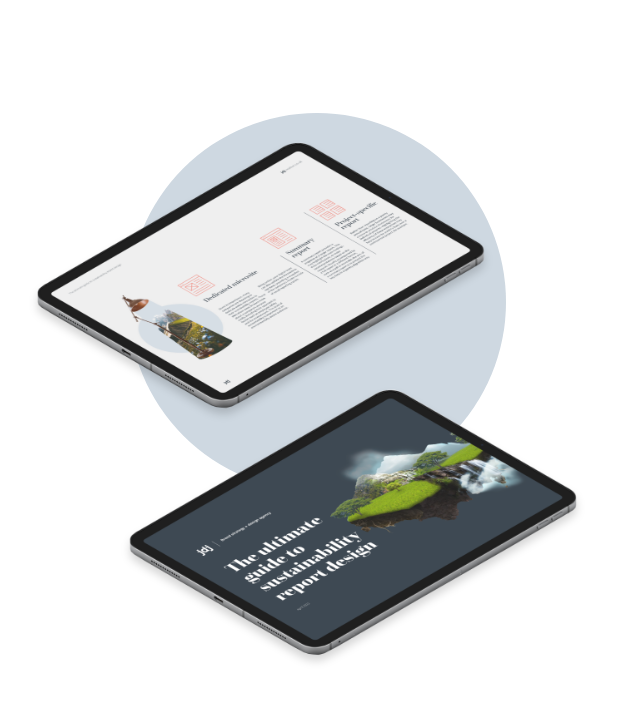Graphic designers are a versatile bunch. One day they’ll be working on a large corporate report for a multinational client, the next designing a logo for an up-and-coming brand. In between, they may spend hours creating an advertising poster or contributing their skills to the design of graphics for an exhibition stand. Increasingly, with the rise of digital technology and the internet age, graphic designers are lending their experience to digital design for social media and web pages. But are the two disciplines linked, or should graphic designers stick to more traditional, printed mediums?
The simple answer is, it depends. While there are similarities between the roles of web designers and graphic designers, there are different constraints which they must both be aware of, and work within.
In this article, we explain what to look for if choosing a graphic designer to undertake your web design.
Graphic design is the discipline of communicating messages through the creation of visual content. This includes choosing visual elements such as page layouts, typography, imagery and data visualisation. It requires an understanding of branding, and the ability to take the audience on a journey.
Obviously, much of these overlap with what is needed in the design of website pages. You’ll want eye-catching typefaces, which are legible on different devices; you’ll want colours that work together and compliment your brand; and you’ll want imagery that sells your company and the products or services you provide.
A good graphic designer will achieve this for you just as well as any dedicated web designer – they do it for printed materials all the time, after all.
However, as we mentioned, there are differences between the two disciplines. And this is where you have to be careful when selecting a designer to design your web pages…
The fundamental difference is, of course, the constraints of the medium. The measurements of the page restrict traditional graphic designers who work solely on print campaigns. Any designs they produce are static and display exactly how they’re meant to – a printed proof will soon show any discrepancies between design and finished product.
The web is different. People view web pages on a multitude of devices and screen sizes. If not taken into consideration at the design stage, this can lead to a jumbled mess for the user.
Similarly, essential elements such as typography may not display the same way in different web browsers or email clients. Some graphic designers may never even have heard of a web-safe font.
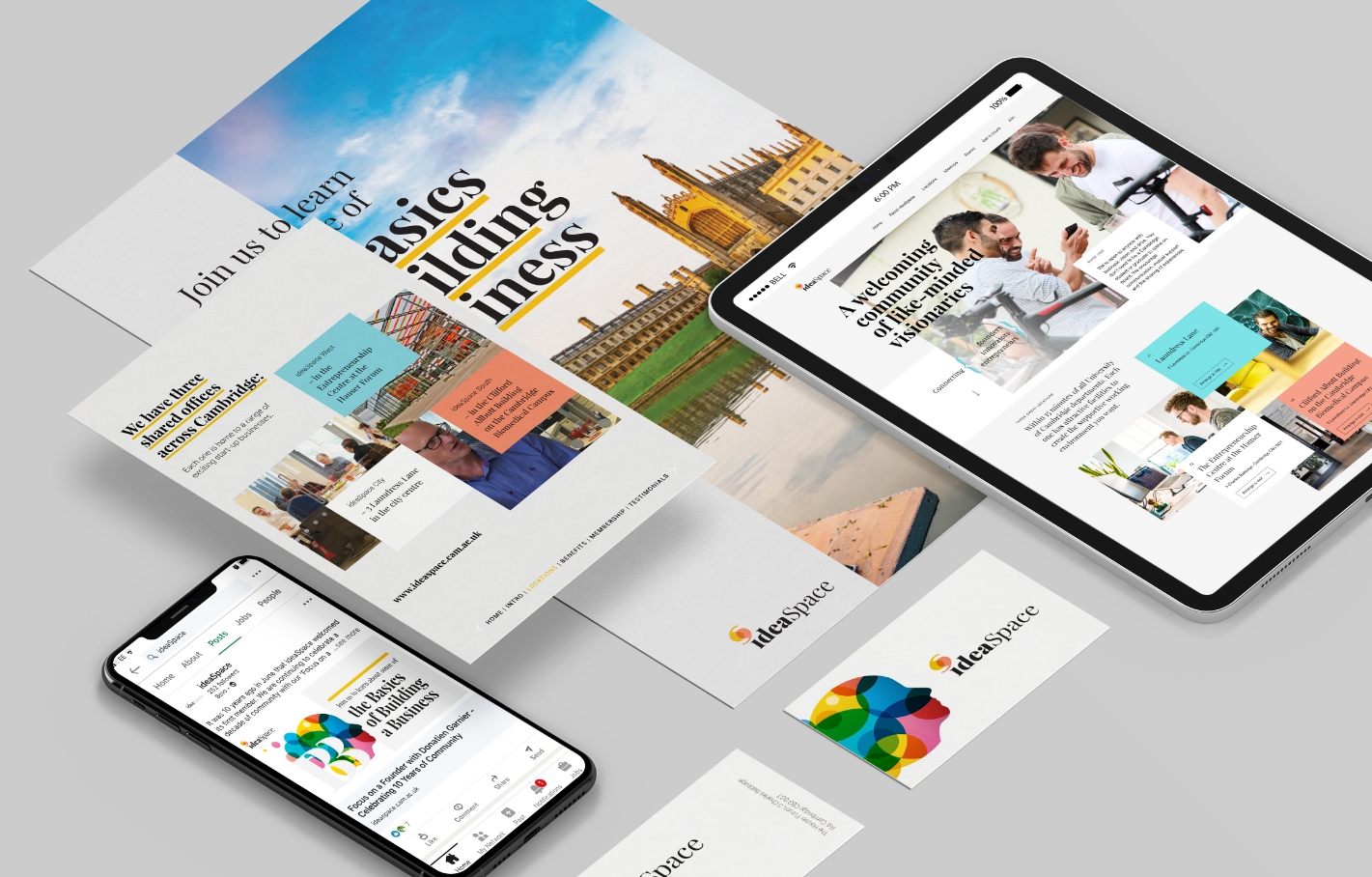
Then there’s purpose. While both graphic and web designers create with the user experience (UX) in mind, user interface (UI) design is the preserve of web and app design.
Printed materials are to be consumed, be that reading text, following an infographic or admiring beautiful imagery. On the web, content is there to be interacted with. Call to action buttons, clickable content and moving elements are all used to direct a user towards reading more, completing a purchase or making an enquiry.
For this reason, knowledge and skill in user interface design is a necessity, rather than a nice to have.
Finally, at an even more basic level, there are practical differences to overcome. Traditional designers work in dots per inch (DPI) and the CMYK colour model. Web designers use pixels and RGB.
Subtle differences, which can cause enormous problems down the line.
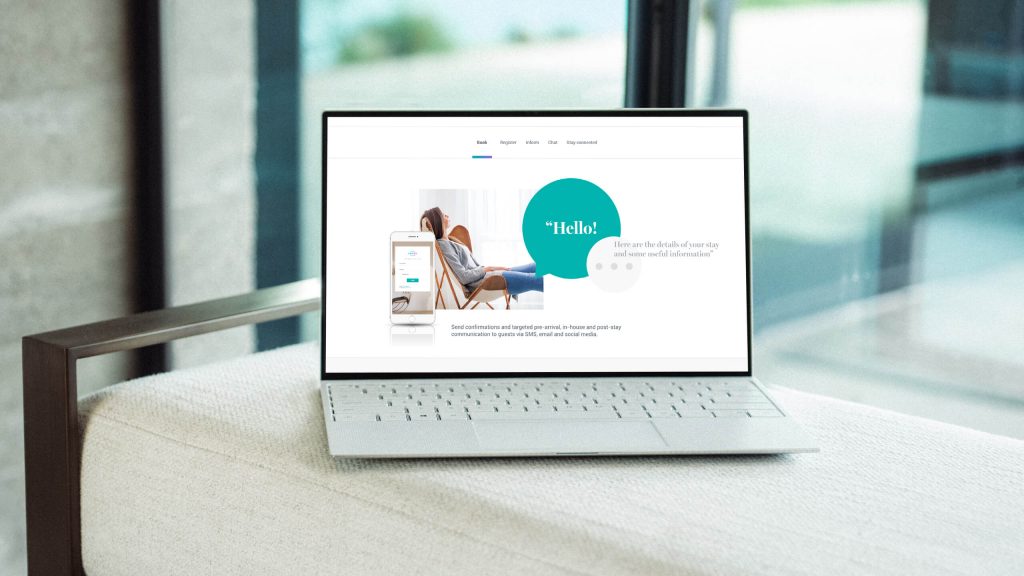
“
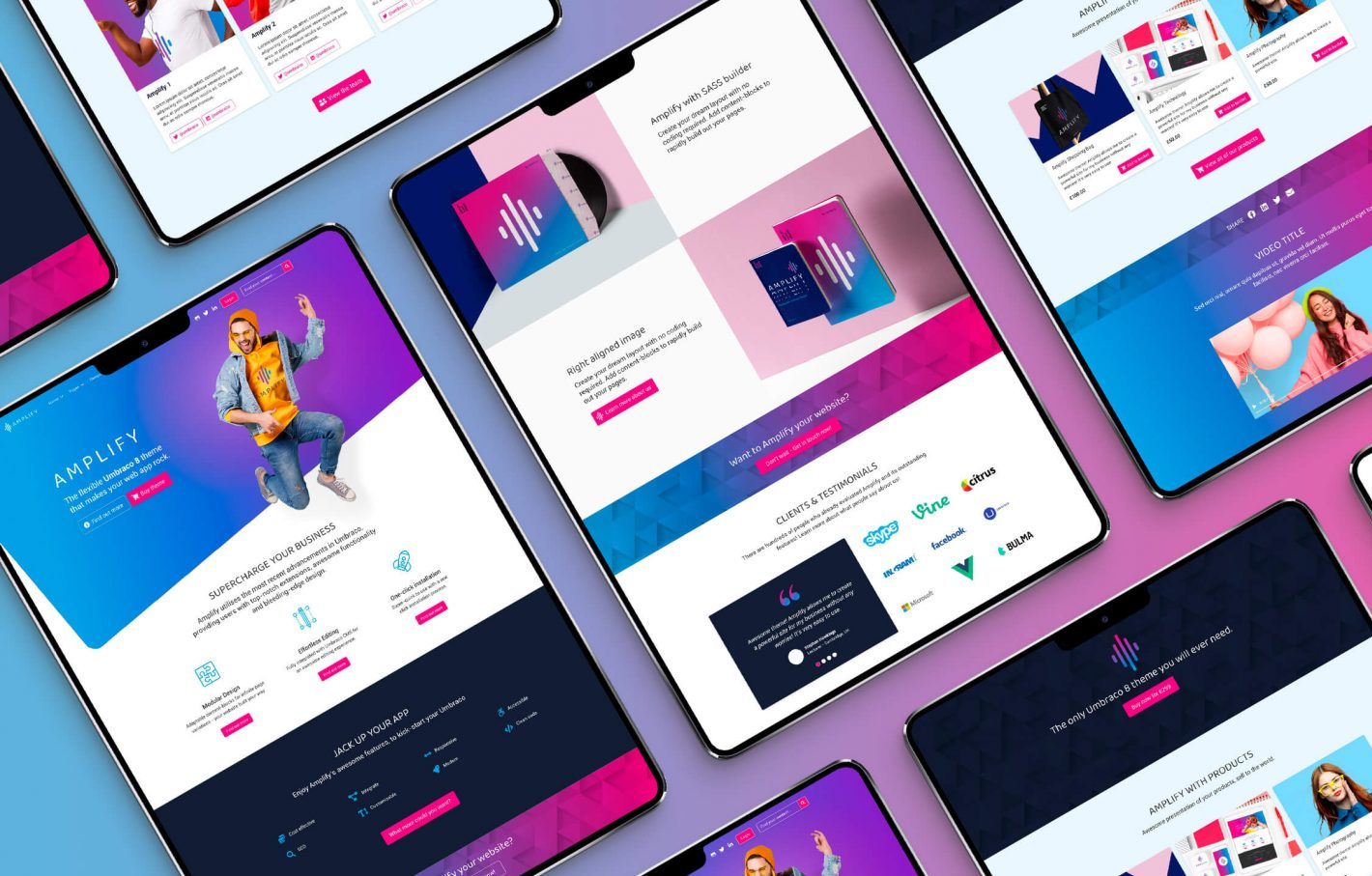
As we said at the very top of this article, it depends. As with any discipline, a graphic designer with no digital experience cannot design a web page that provides good UI and UX. They’ll struggle to communicate with a web developer and will most likely use print best practices, which may not translate well to the digital environment.
On the other hand, many graphic designers are also excellent web designers. By learning both disciplines, they can take their page layout, typography and branding skills to create web pages that look great across devices and are optimised with the end-user in mind.
In short, not all designers are created equal.
When choosing which agency to collaborate with on the design of your website pages, personality is probably the biggest draw. Choose someone flexible, who gets you and your brand, and has a track record of producing designs you like.
Finally, really dig down into their knowledge about UI and UX design. Asking a few choice questions about their user experience process will soon weed out those who know what they’re talking about to those that don’t.
As a quick aside, don’t assume this advice only applies to graphic designers; with so many to choose from, it’s good practice to apply this due diligence to specialist web designers too.
At JDJ, our team is a mix of graphic designers and UI design experts. Choosing to partner with us means you get the best of both worlds – designers who understand the nuances of brand and brand guidelines, who are also skilled in designing pages that convert.
An ongoing relationship, once we’ve completed the design and development of your site, we can provide continuous support, and even host your site if you require – a partnership that has seen us work with many of our clients for over 10 years.
Want to know more about our web design services? Get in touch with our friendly designers today at hello@jdjcreative.co.uk or fill in our contact form.
Share
Sign up to our monthly newsletter to receive your guide to thought leadership design.
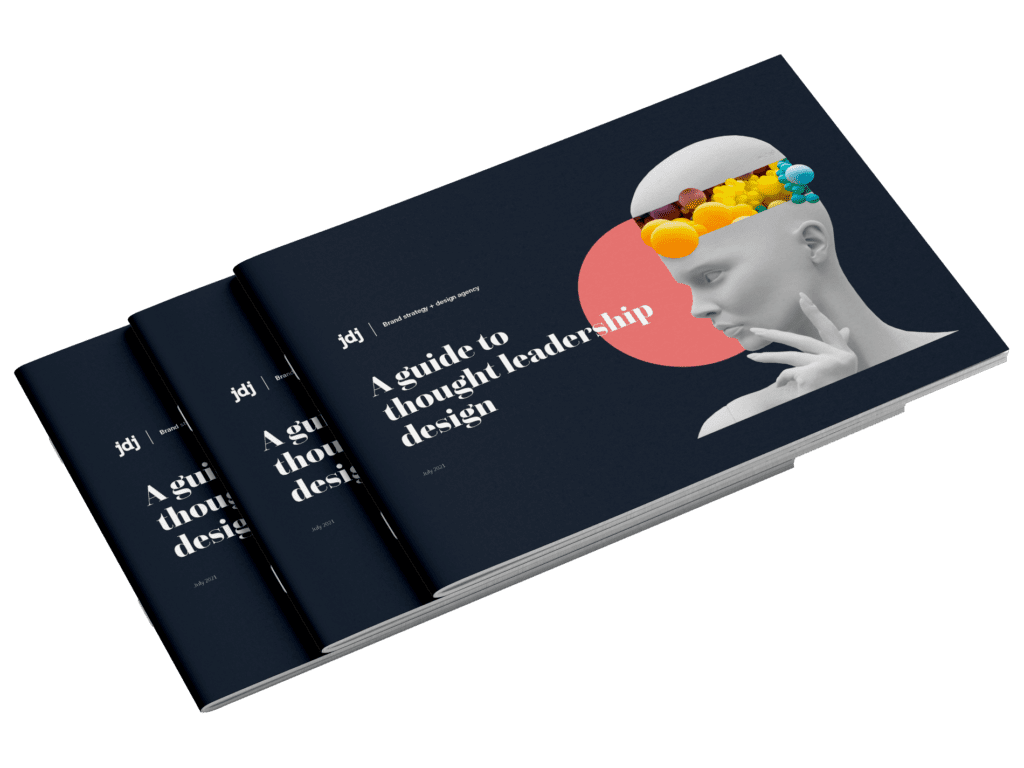
Sign up to our monthly newsletter to receive your guide to annual report design.

Sign up to our monthly newsletter to receive your guide to sustainability report design.
